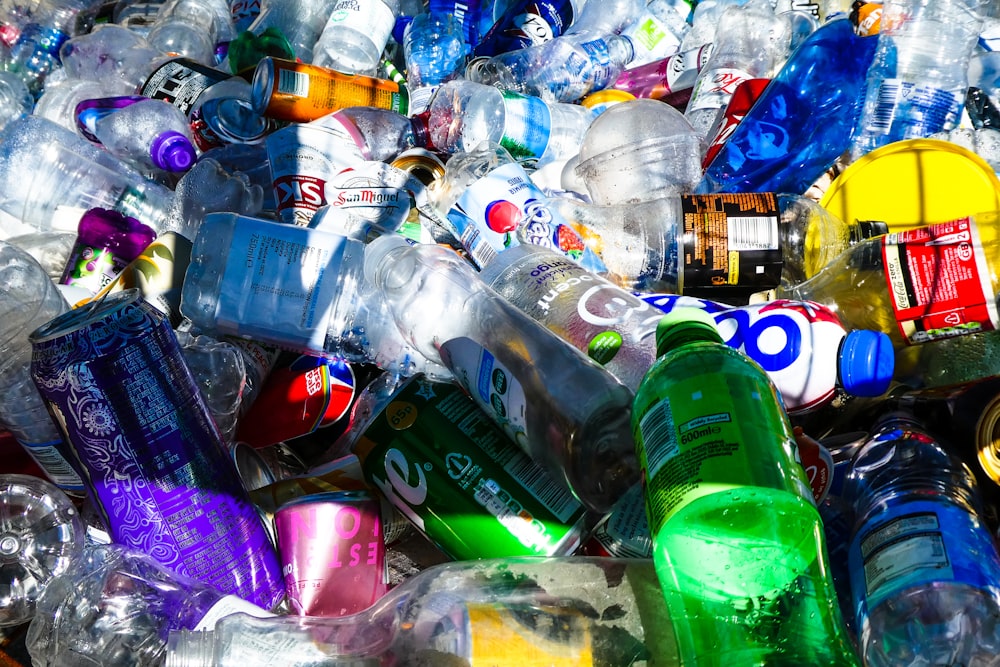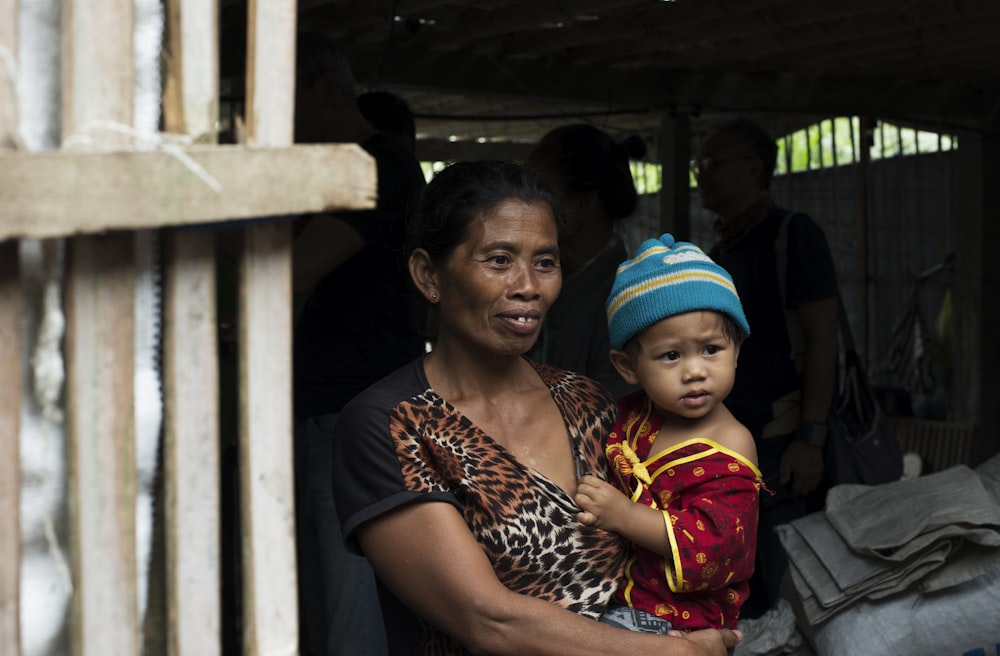By now, you probably know at least a little about the Sustainable Development Goals.
Each of the 17 SDGs address a particular global challenge, ranging from poverty to equality to climate change and beyond. The hope is that, together, we can achieve each of these goals by 2030, now less than a decade away, so as to secure a better, more sustainable future for us all.
As a young person, the UN’s Sustainable Development Goals may seem daunting—how can I help to effect change when I am still in school or have no money to donate?
In this short guide, we’ll go through 10 easy actions you can take on a daily or weekly basis, all with very little to no cost to you. On top of that, most of the actionable ideas below support more than one SDG, impactful solutions we can all get behind without spending any money.

Here are 10 easy ways to help achieve the SDGs at little to no cost:
1. Educate Yourself
Before you take any action, whether to support the Sustainable Development Goals or another cause, it’s important that you understand it. Luckily, with the wide availability of the internet and the access to free information instantly, it’s quite easy for us to educate ourselves on each of the SDGs.
To get started, there’s no better place than the United Nations’ official website for the Sustainable Development Goals. There, you can learn about each goal in depth, and you’ll also get key numbers, targets, and further links.
After you familiarize yourself there, also check out the “Young Person’s Guide to Changing the World,” an accessible and actionable guide. Put together by AIESEC in collaboration with UN Volunteers, this PDF details what you can do to contribute to the SDGs as a young person based on the inputs of 500 young leaders from 126 countries and territories, an open survey and 13 organizations.
2. Volunteer
Once you’ve educated yourself, whether on all of the SDGs or one passion cause, volunteering is another great way to support the Sustainable Development Goals.
Through volunteering, you can choose to support any SDG or multiple SDGs at once. For example, help achieve Quality Education (Goal 4) by volunteering to teach or tutor children. Or, by donating your time to an animal care or conservation organization, you’ll be working towards achieving Life on Land (Goal 15).
AIESEC’s Global Volunteer program offers thousands of opportunities and experiences around the world, each designed to contribute toward a specific SDG. Find a volunteer opportunity which corresponds to the Sustainable Development Goal(s) which are most important to you and apply for a cross-cultural experience aimed to develop your leadership. Each Global Volunteer project helps you improve the following leadership qualities: self-awareness, world citizenship, empowering others and the ability to be solution-oriented.

3. Recycle
No conversation on sustainability would be complete without mentioning recycling. And, like most of the other actions on this list, recycling helps to achieve multiple goals. While it’s obvious that recycling promotes Clean Water and Sanitation (Goal 6), Climate Action (Goal 13), Life on Land (Goal 15), Responsible Consumption and Production (Goal 12), and Life Below Water (Goal 14), it also has some less-apparent benefits.
Believe it or not, recycling helps create jobs, supporting Decent Work and Economic Growth (Goal 8). According to a study by the Natural Resources Defense Council (NRDC), reaching a 75% recycling rate throughout the United States alone would create 1.5 million new jobs. And, by recycling your batteries correctly, it ensures they don’t cause damage to the environment through the toxic chemicals within, supporting Affordable and Clean Energy (Goal 7).
4. Donate
According to the World Bank, more than 735 million people around the globe live in extreme poverty, which equates to about $1.90 a day or less.
Donating money costs money, of course, which makes it a less-than-ideal action for most students and young adults. However, if you have items you don’t or can’t use, consider donating them. And, as an added benefit, donating your old belongings is another way to recycle, helping to keep landfills from overflowing and plastics from entering the world’s water supply.
If you have books you’ve finished reading, give them to a local library. When you upgrade appliances at home, send the previous ones to a cause which accepts them, such as the Salvation Army. After concluding a large event, such as a birthday party, donate the leftovers to a local food bank; it’ll cut down on waste, and it can go a long way to feeding the most vulnerable among us.
The same goes for your unwanted clothing, electronics, and other belongings. Some donations go directly to those in need, while other donations may get sold as secondhand items, and the money received is used toward supporting a cause. For example, Oxfam sends lightweight clothing donated to them over to people in Senegal, while using the income from selling other donations to support its mission of ending poverty.

5. Prioritize Businesses Which Support SDGs
Ever heard the saying vote with your wallet? This idiom means that you support the organizations where you make purchases, whether it be products or services. If you are passionate about bringing about a more sustainable world, paying attention to where you shop helps multiple SDGs.
For example, support Gender Equality (Goal 5) and Reduced Inequalities (Goal 10) by doing business with companies and stores which promote diversity and provide decent living wages to their employees. Or, by buying from local farmers and producers, you’re supporting small businesses in your area while also helping to achieve Zero Hunger (Goal 2).
6. Organize a Clean Up
According to a report by UNICEF and the World Health Organization (WHO), 2.2 billion people around the world—about 1 in 3—do not have access to safe drinking water. To support Clean Water and Sanitation (Goal 6), organize a cleanup of nearby waterways in your area, whether it be rivers, lakes, or ocean beaches.
To support Life on Land (Goal 15), organize clean-up events throughout your community, at the local parks, or at national parks. Not only will you make the area more beautiful, but you’ll help to set a powerful example for others and ensure plastic waste doesn’t end up in our oceans.

7. Commute Sustainably
In a report published by the International Energy Agency (IEA), global transportation is responsible for almost one-quarter of direct CO2 emissions from fuel combustion. But, the good news is that it’s easy here to make an impact and support Climate Action (Goal 13).
If you live in a larger urban area, opt for walking or using public transportation to commute to work. Not only will this reduce carbon emissions, but you’ll also support your local public transportation system, which is of vital importance for citizens making the lowest wages. And, if you live in a more rural environment, see if you can carpool with someone else to and from work.
8. Reduce Consumption
We already have more than 7.8 billion people on Earth; by 2050, this number is set to increase by almost another 2 billion, to 9.6 billion people, according to estimates. The average person creates 1.2 kg (2.65 lbs) of waste each and every day. To be able to sustain our population growth over the coming decades, we’re going to have to all take part in reducing our consumption.
To start, try to be more conscious about your everyday purchases, whether it’s food, clothing, electronics, or something else. Replace your book buying with digital ebooks and audiobooks. Plan out your week ahead before going grocery shopping to help ensure you don’t buy food which will simply get thrown into the trash. Unplug your electronics when you’re away from home to save on electricity, and take shorter showers to reduce your water consumption.
As the UN’s page on ensuring sustainable consumption and production patterns says: “Sustainable consumption and production is about doing more and better with less. It is also about decoupling economic growth from environmental degradation, increasing resource efficiency and promoting sustainable lifestyles.”

9. Vote
If you are of legal age in your district or country, always make sure you’re registered to vote. Just as with educating yourself and volunteering, voting can effect change on each and every one of the 17 Sustainable Development Goals.
When you vote, you are showing your support for the causes and issues you believe in, while helping to elect leaders who will represent your views and ideals. Active engagement in policy formation means you make your voice heard, and you get a rare opportunity as a regular citizen to be part of important decision-making processes.
And, as Voting Counts puts it, even “supporting a candidate who might not necessarily win has a number of implications. Firstly, you will show the winning candidate what issues they should be focusing on if they want to win your vote next time around. For example, if Candidate A gets a large number of votes because of her stance on the Environment, then the winning Candidate B might try to do more on this issue in order to convince you to vote for them next time.”
10. Spread the Message
Finally, one of the most impactful ways to help achieve the Sustainable Development Goals is to raise awareness of the various issues. The SDGs are quite ambitious, and, to reach success by 2030, we all need to play our part.
Once you’ve educated yourself, spread the word on the Sustainable Development Goals, especially about the goal(s) which concern you the most. Start with your friends and family. If you study, participate or organize an extracurricular group which promotes the SDGs, or make them the focal point of a class project.
In public, make sure you’re always taking public transportation, bringing your own reusable bags, and shopping at businesses which promote diversity, equality, and sustainability. There’s no better way to spread the message on the importance of the Sustainable Development Goals than through leading by example!
Thanks for reading our guide on how to achieve the SDGs with little or no money! For more great ideas and simple actions for achieving each of the Sustainable Development Goals, download or read the full PDF of the “Young Person’s Guide to Changing the World.”
This blog was written by Christian Eilers.
Christian Eilers is a career and education writer with a focus on the topics of professional development, college entry, university life, and entrepreneurship. As the Content Lead for the Goodwall Blog, he covers subjects including self-improvement, social impact, college preparation, career advancement, fighting climate change, and more. Christian is originally from New York City and now resides in Warsaw, Poland.
Leave a Reply